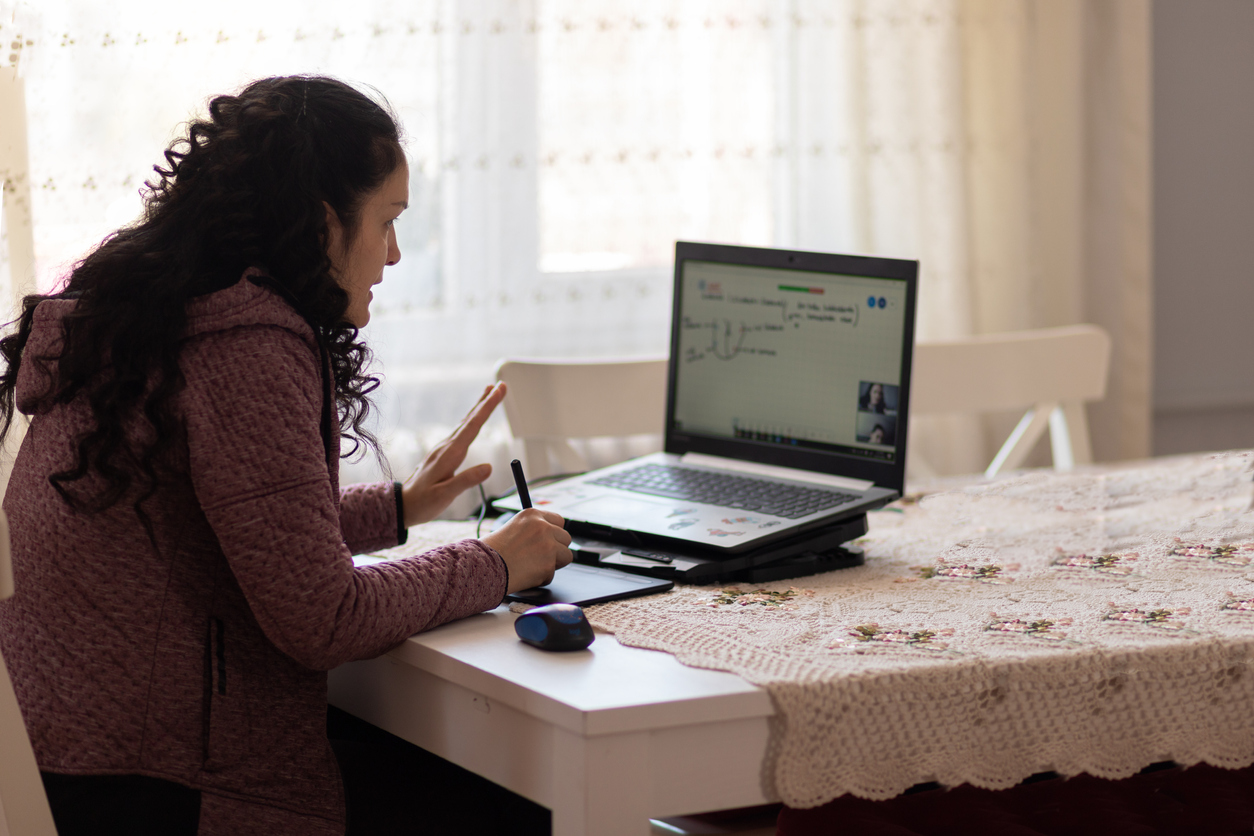
Blog
The world of higher education depends on reliable end-user connectivity. Support for student and staff devices and equipment must be constant, which is more challenging in remote environments.
Network managers in higher education face significant challenges to providing reliable, widespread Wi-Fi connectivity across the network area. Networks must keep up with supporting more and more devices and new applications that require greater bandwidth.
Learning institutions can't stop because of connection issues. Educators need continuous access to the internet to upload resources for students on university platforms and systems. And no matter where students are studying or learning on campus, they need a consistent connection to stay on top of assignments and research.
These challenges have been heightened as the pandemic has forced many campuses to go completely pr partially remote. Network engineers are scrambling to troubleshoot from afar and ensure that school systems are adequately secured from outside attacks.
The end-user experience must also be closely monitored and tested to ensure that networks and connected devices maintain service.
Here's a closer look at:
- Challenges and risks specific to higher education networks
- COVID-19 and remote learning
- How 7SIGNAL helps teams keep a constant eye on end-users
Wireless challenges for higher education
The biggest onsite hurdle for large schools is ensuring coverage around a wide campus network area. Wi-Fi has to reach each and every corner so that students and faculty stay connected wherever they are. And the Wi-Fi must be fast!
What's more, everyone exiting and entering the network boundaries brings in different devices, from smartphones to laptops to tablets to wearables. Thus, Wi-Fi also has to be secure. This creates challenges for network engineers trying to efficiently install access points, focus on security, and continuously monitor connectivity.
Risks to education networks
A significant risk to higher education networks is a distributed denial-of-service (DDoS) attack, which aims to overwhelm the network with traffic to block services. According to third party research, there were 4.83 million DDoS attacks in the first half of 2020, and education was one of the top three targeted industries, alongside healthcare and e-commerce. Malware, phishing, and spyware are also persistent threats to higher education networks and/or users who access them.
In addition, many schools have almost wholly transitioned to the cloud. Platforms, applications, and data are all stored and operated online instead of on desktops and devices. Without a reliable internet connection, this information isn't readily accessible to staff or students.
COVID-19 and remote learning
The COVID-19 pandemic has caused colleges and universities around the country to move to virtual learning. This shift creates even more challenges for constant connectivity. Students and staff have to use home or third-party Wi-Fi to connect, and sometimes their devices aren't built to handle specific applications required by a school.
Hackers are taking advantage of new vulnerabilities in remote schooling, finding their way into systems that store sensitive information or infiltrating servers with ransomware. These attackers take advantage of the growing list of mistakes that end-users make in these situations.
Security is a must. And wireless network monitoring can help ensure connectivity
With the range of security hazards, network administrators must implement robust cybersecurity solutions, including perimeter security, antimalware programs, and consistent patches and updates. But many of the threats rely on human, not technological, weaknesses—so education about cybersecurity best practices is essential. Students, faculty, and all other users should be taught how to identify and avoid common issues, such as phishing and vishing attempts and the risks of connecting to unsecured third-party networks without an encrypted VPN.
To proactively address connectivity challenges, wireless network monitoring (WNM) is a fundamental solution. Whether students and staff are on campus or connecting from home, 7SIGNAL's WNM platform delivers visibility into the end-user's experience, ensuring connections are reliable so that learning is not interrupted.
The Sapphire Eye® enables network managers to track and test hundreds of data points on campus regarding coverage and speed, followed by deploying quick solutions to areas where congestion or other issues occur. The MobileEye® from 7SIGNAL is a module that is installed on end-user devices so that network managers can troubleshoot the equipment or connection remotely.
These opportunities for constant monitoring and testing have never been more critical as the number of on-campus devices increases and as many schools have transitioned to remote learning. 7SIGNAL's monitoring platform for higher education opens up visibility into every lab, complex, dorm, and classroom—plus offsite connections. Network managers can solve issues in real-time to keep the entire community connected.
7SIGNAL® is a leader in enterprise wireless experience monitoring. 7SIGNAL provides a cloud-based platform that continuously monitors wireless networks and identifies elusive performance issues impacting application performance and digital experience. By taking the "outside-in" approach to monitoring, 7SIGNAL has visibility into the edge of any enterprise or home Wi-Fi network where complex device interaction exists, and user experience matters most. The platform maximizes employee productivity, operational efficiency, and network ROI. Sapphire Eye® and Mobile Eye® are designed for and deployed at the world's most innovative organizations, educational institutions, healthcare systems, and government agencies. Learn more at www.7signal.com.